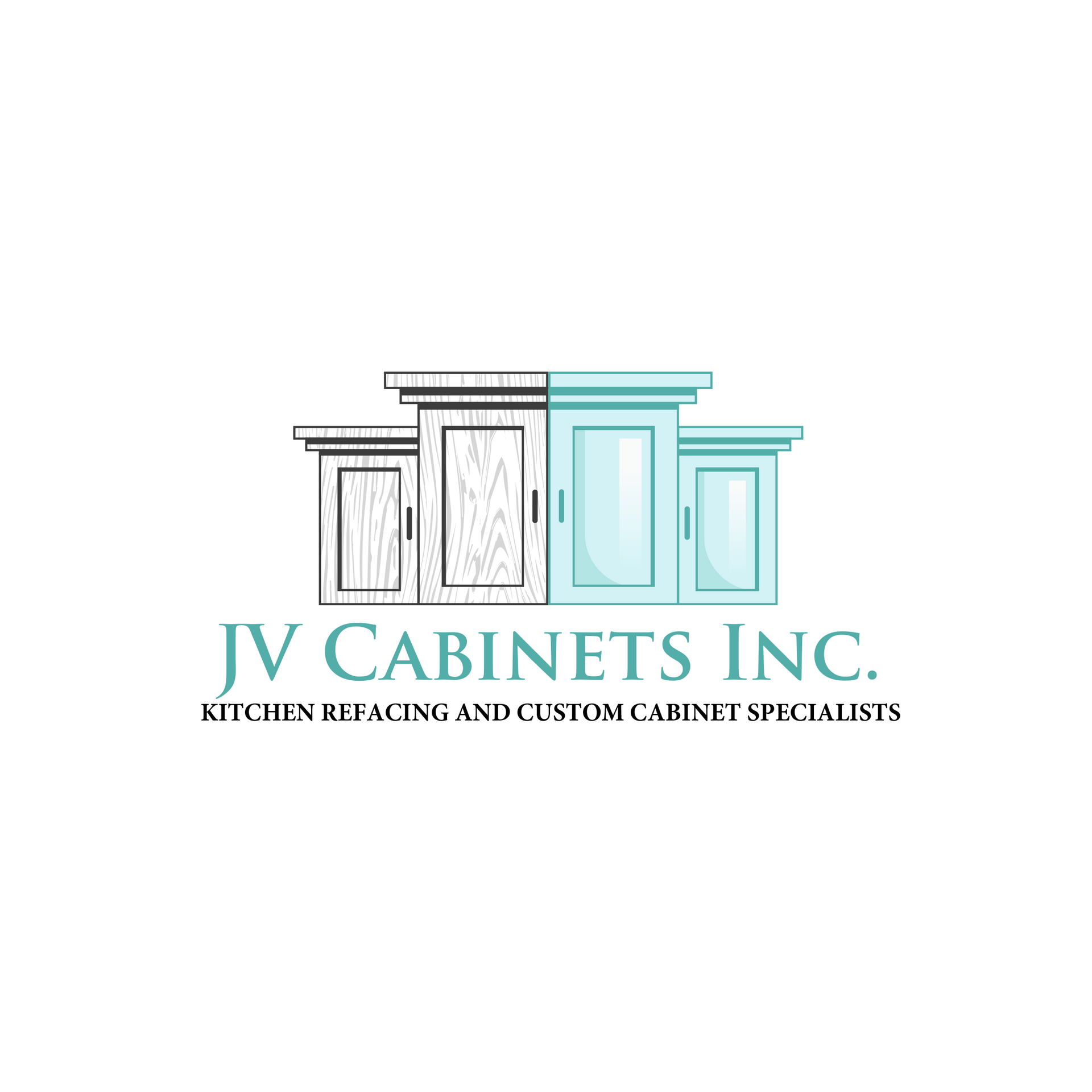CALIFORNIA'S LEADER IN CUSTOM CABINETRY
Cabinet Refacing
Services in Northern CA
Serving the Entire Bay Area, Sacramento, Yuba City, and Surrounding Locales
Looking to inject a fresh lease of life into your well-loved kitchen without breaking the bank?
What Distinguishes Kitchen Cabinet Refacing from Cabinet Replacing?
Have you ever found yourself stuck in the predicament of whether to reface or replace your kitchen cabinets? Well, you’re not alone, and I’m here to clear all your doubts. Let’s understand the fundamental difference between refacing and replacing.
Cabinet replacing refers to the process where old kitchen cabinets are completely ripped out and new ones are installed. It’s often a part of a broader kitchen makeover that involves changing the kitchen layout, introducing new functionalities, and more. In contrast, cabinet refacing involves updating the face, or front parts, of your cabinets – doors, drawers, and handles, while keeping the original box framework intact.
Here’s a comparative table to make the difference clearer:
| Aspect | Cabinet Refacing | Cabinet Replacing |
|---|---|---|
| Time Required | Few Days | Weeks |
| Cost | Less Expensive | More Expensive |
| Home Disruption | Minimum | Significant |
| Customization | Limited | High |
The Pros and Cons of Refacing Vs. Replacing
Cost Comparison
How Are Cabinet Refacing Services Delivered?
Unlocking the magic of a renewed kitchen begins with a much sought-after service that I like to call a chef’s secret: Cabinet refacing services. As a professional with years of experience transforming kitchens, I can assure you that cabinet refacing is a genius quick fix that changes the entire feel of your cooking area, while keeping the process hassle-free and distinctly affordable.
A Cabinet Refacing Service Provider's Role
As a cabinet refacing service provider, I don the role of your kitchen guide, advisor, and faithful contractor. In this technical yet creative journey, precision is the key. I start by conducting an initial assessment, measuring your current kitchen cabinets, deciding the aptness of cabinet refacing for your particular situation, and choosing the right materials. As a professional, my objective is to match your vision for your kitchen, ensuring the facelift aligns seamlessly with your tastes.
The Step-by-step Process
The life cycle of a cabinet refacing project is as follows:
- Initial visit: A thorough review of your current setup and discussing the project goals with you to ensure we’re on the same page.
- Design selection: Offering a variety of material and design options customized to your preferences and your existing kitchen architecture.
- Measurements: Accurate measurement of your existing cabinets to ensure a perfect fit.
- Preparation and Finishing: This includes removing the old surfaces, preparing cabinets for refacing, applying the new surfaces, and wrapping up with a comprehensive cleanup.
- Inspection: A final review of the transformed cabinetry and addressing any adjustments if needed for refined finishing.
This end-to-end process brings your kitchen back to life with a fresh new look, while adhering to a realistic timeline of just a few days!
The Timeframe for a Cabinet Refacing Project
A fantastic attribute of a well-executed cabinet refacing project is the swiftness and efficiency with which it is completed. It typically takes around 3-5 days to accomplish a full cabinet facelift, which is significantly less than a total kitchen remodel’s timeline. So, not only does cabinet refacing save your pockets from a significant dent, but it also spares valuable time and disrupts your household life by a smaller margin.
Hence we see, cabinet refacing is a rejuvenative recipe that keeps your kitchen looking as delicious as the dishes you prepare in it.
Speaking of delicious dishes, if you’re intrigued by the cabinet refacing process and considering it for your own kitchen, you might wonder about the magic wand wielding this transformation. The answer lies in the types of materials used in cabinet refacing. Let’s delve deeper into that, shall we? Stay tuned!
What Types of Materials Are Used in Cabinet Refacing?
When it comes to giving your kitchen a refreshing facelift, cabinet refacing stands prime among the effective ways to do so. This popular kitchen remodeling choice involves replacing the exterior finishes of your cabinets, but not the structures themselves which can dramatically change the overall ambiance of your kitchen. It’s a creative yet economical approach to kitchen renovation wherein various materials can come into play.
In the realm of cabinet refacing services, materials extend beyond just design and aesthetic. They’re about durability, easy maintenance, and matching your unique decor that complements your home. Being a cabinet refacing contractor, I’ve explored different materials from classic wood to modern laminate and more. Understanding the advantages of these materials empowers homeowners to make an informed decision about their kitchen’s look.
The Magic of Wood: Wood cabinet refacing is a classic choice that adds an inviting warmth to your kitchen. With a broad spectrum of hardwood types such as oak, cherry, or maple, the design possibilities are limitless. Wood is subtle yet captivating, with the potential longevity of several decades when maintained properly.
Laminate: A Modern Choice: On the contemporary side of things, laminate cabinet refacing brings you a plethora of design options in colours and patterns, including mimics of natural wood. Laminate is cost-effective, extremely durable, and requires little maintenance – making it a popular choice among homeowners.
The Elegance of Veneer: Often a less-known material, veneer offers a perfect blend of class and affordability. It’s thin slices of wood adhered to the cabinet surface to provide an elegant finish with a lower price tag than solid wood. This is ideal for homeowners aiming for an economical upgrade without sacrificing the wood aesthetic.
Choosing the right material isn’t just about aesthetic appeal, it also includes considering factors like durability, maintenance, cost, and how it complements other elements in your kitchen. It’s crucial to understand these material selection considerations to ensure an enhanced and lasting visual appeal of your kitchen.







